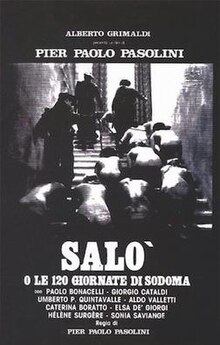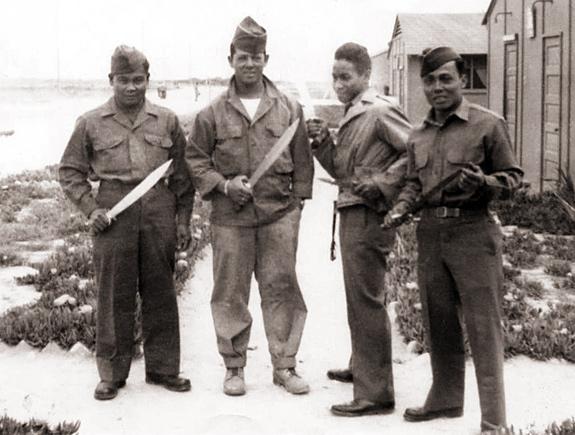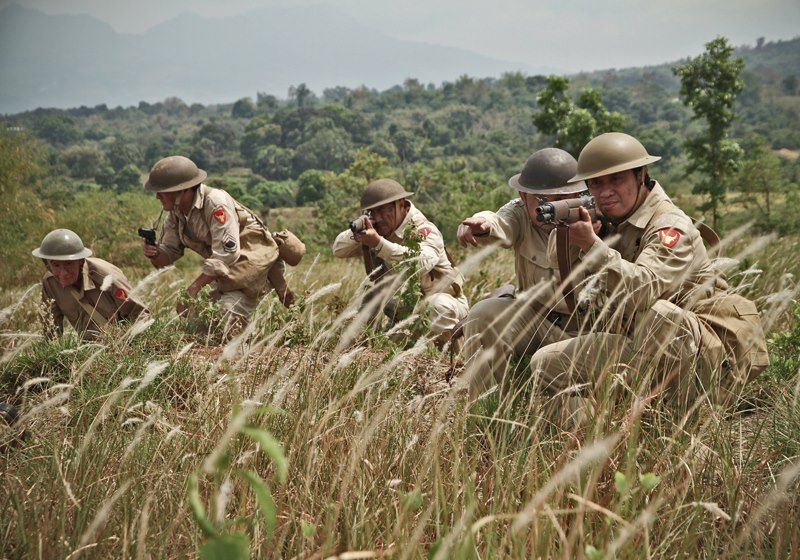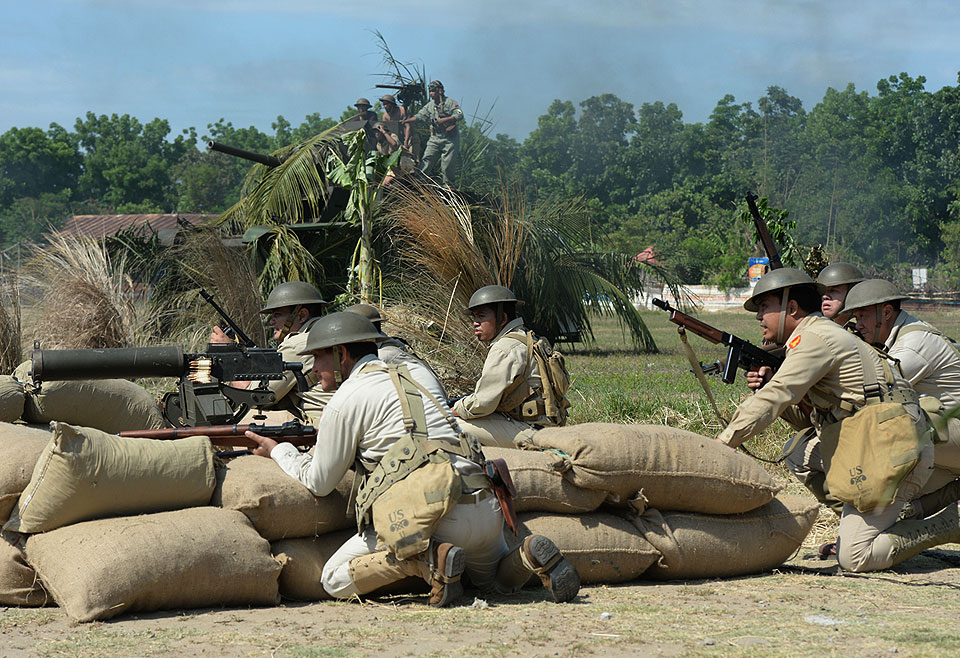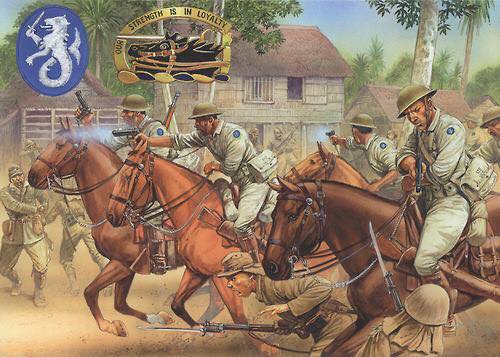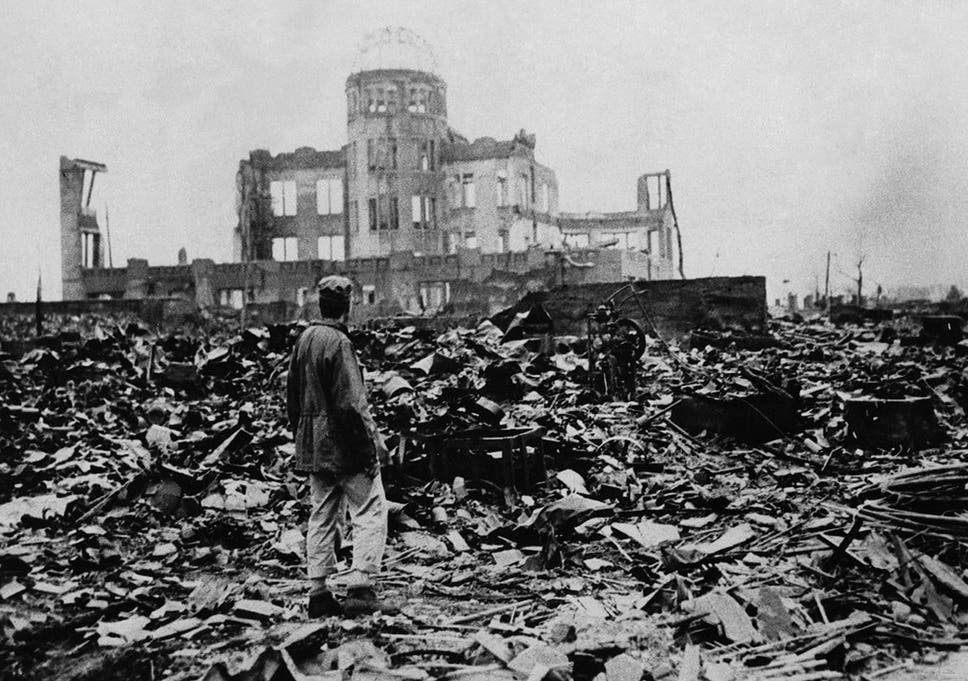There is a lack of the Philippines in this thread. I shall endeavour to fix that.
+++
When the United States of America tore itself apart in its civil war, its protectorates found themselves alone in a world gripped by revolution and war. The Commonwealth of the Philippines was one of those protectorates. Seized by America as a spoil of war from Spain during the Spanish-American War, the Philippines was America's colonial experiment. For decades, the Philippines was under the thumb of the United States who generously provided the island nation tutelage in nation-building with the eventual promise of Independence under the Tydings-Mcduffie Act. The period of American rule referred to as the Commonwealth Period, was generally peaceful and stable.
That all changed when America imploded.
Suddenly, the Philippines found itself two choices. To declare independence and govern as a free nation. Or, wait until 1946, the proposed year of Independence under the Tydings-Mcduffie Act, and perform its obligations as America's 'Little brown brother'. The ones who advocated loyalty argued that America would be grateful for Filipino loyalty and would graciously reward the country should they win. Their arguments were drown out however, by those who advocated Independence. The independence advocates reminded them about the seizure of their Islands by the Americans, of American failure to honor their previous promises of Independence and of how they, all veterans of the Philippine-American War, suffered during the brutal conflict.
The Commonwealth Government butted heads on which route to take until a Filipino politician, Manuel L. Quezon, suggested to try out both options. His suggestion was considered and finally approved by President Emilio Aguinaldo.
Mere weeks after the outbreak of the American Civil War, President Aguinaldo with support from the Philippine Army and Constabulary, declared the Second Philippine Republic. Although independent, he stressed that the Philippines would still honour its obligations towards the United States.
There were a few hurdles towards his declaration. The decision was heavily-criticized by the remaining American forces and the American High Commissioner, Frank Murphy. But as American strength in the islands was a mere shadow of its former self as most of the troops left for America, there was little they could do but begrudgingly acknowledge Filipino independence. Another hurdle were two attempted coups. The first was a syndicalist uprising and a second was an army coup. The syndicalist uprising was quickly dealt with by a combined Filipino-American force. The army coup was also similarly dealt with. The last hurdle was the showing up of not one but two Imperial fleets in Manila Bay. A squadron from the Kaissereich's Ost-Asien fleet and another one from the Imperial Japanese Navy. The Germans had sailed into Manila with a letter recognizing Filipino independence, an offer to join the Reichspakt, and financial/military aid. In exchange, the Republic would have to lease bases and airfields to Germany as well as some other diplomatic hobnobbing. The Japanese also arrived with a similar worded letter though vague and somewhat contradicting.
The arrival of fleets of two rival powers sparked tensions. Thankfully, it was defused by the last high-ranking remaining American Naval officer left in the country who told both fleet commanders in private that "showing off each others guns wouldn't benefit anyone and the last thing the world needed was another World War." The fleet commanders agreed and left, leaving behind a diplomatic team to do the talking for them instead.
With those resolved, the Philippines geared for war.
Members of the Philippine Expeditionary Force to America (PEFTA) present themselves before President Aguinaldo before being sent to America along with the few remaining Federal Battalions.
View attachment 444323
Uniforms of the PEFTA
Members of the Philippine Scouts pose before a cameraman somewhere in the Federal front lines.
The blade that would define Philippine units, the bolo, which was used effectively as both a construction tool and as a weapon of war. CSA and AUS units feared the bolo and most especially its wielders as one AUS soldier commented "Those Filipinos would kill you with those things with a smile."
Philippine Scouts resting after a skirmish during the Liberation of Kentucky.
Philippine Scouts infiltrating an AUS checkpoint in Kentrucky. Note the dead AUS soldier in the lower right.
Philippine Scouts preparing an ambush against an AUS convoy in the Mid-West
The Battle that would define Philippine contributions against Syndicalism and Radicalism, the Battle of the Gap. A unit of the Philippine Scouts defend their position against two attacking forces, the AUS and CSA in a gap contested by the three sides, the 43rd Infantry Regiment attacked first, forcing the initial AUS units to retreat. The Scouts dug in, expecting an AUS counter-attack which happened two days later. The Scouts held their position admirably and forced the AUS to retreat for good. As soon as the AUS was sent whipped, the CSA attacked which nearly drove the 43rd running but a infiltration attack made by the 26th Scout Cavalry Regiment that killed the CSA general saved the Filipinos from being beaten and sent the CSA forces into disarray
The 26th Cavalry regiment infiltrating CSA lines with the help of a Native American tracker who knew paths around the Sydicalists.
The Daredevil Cavalry Charge that turned the tide. The Scouts had discovered, through a defector, that the brass of the CSA army in that area had made a nearby mid-west town as their headquarters. The Scouts immediately acted upon this information and with the help of a Native American Indian, slipped past the CSA lines and made a suicide charge that killed most of the CSA brass. The Scouts who performed the charge were all killed by vengeful CSA militiamen but their sacrifice proved sufficient enough to turn the tide. (Just imagine the Japanese soldiers as CSA militiamen and the Philippine background with that of a Mid-west town)
McArthur, upon hearing their feat, famously remarked "Give me 10.000 Filipino soldiers and I shall conquer the world!"
The American Cincinnatus, McArthur, followed by veterans of the PEFTA marching towards a Congressional hearing debating whether or not the US should consider the Aguinaldo Government as treasonous for having declared independence before the Tydings-Mcduffie Act would grant.
+++
A few minor quips
1. Emilio Aguinaldo would never be voted as President of the Philippines again as he had two popular heroes, Andres Bonifacio and Antonio Luna, killed. Bonifacio led the pre-eminent Philippine revolution against Spain while was Luna as the Commander-in-Chief of the Philippine Army during the Philippine-American War. It is popularly maintained that if Luna wasn't assassinated, the Philippine would have turned the War against America since Luna advocated strategies that the Vietnamese under Go Nguyen Giap would do in the Vietnam War. The President of the Philippines should have been Manuel L. Quezon who was elected in the year before.
2. The Philippines was Asia's first republic having declared Independence in 1898 from Spain but it only lasted for a year and three months since America Manifest Destinyed itself across the Archipelago despite promising to honor Filipino independence so it makes no sense as to why Kaissereich would have democracy being an American thing when our own heroes learned and practiced it before.
3. Lastly, Philippine focus tree when? The country has such a rich history and leaving it with a vanilla tree would be wasting it. If it is about resources, the argument is invalid considering Mindanao has such rich in Iron which is necessary for steel and Chromium so this could easily be explained as to why Helmuth's Ost-Asien would seize it. Also, Palawan has oil.
